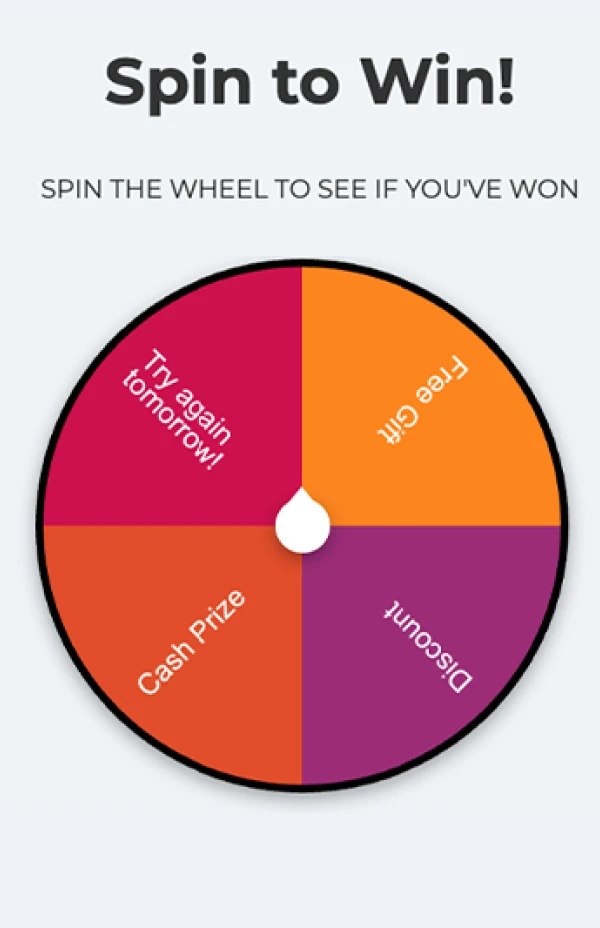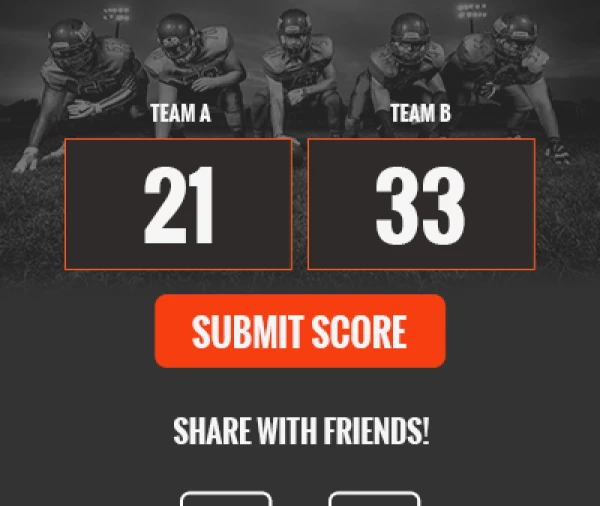The analogy around our office at the moment is that social media is like a garden:
If you start out with a plan, tend to it, use the right tools, and periodically clear out the junk, your business will have a thriving social media presence; if you don't, your social media efforts will wither and die—just like an untended garden. Studies back up the notion that a well-tended social media program yields great rewards, and that there's a direct correlation between the amount of time spent on social media marketing and the benefits that come from it.
Here are a few stats from Social Media Examiner's annual Social Media Marketing Industry survey (PDF) of some 3,000 marketers:
• At least half of marketers who have been using social media for more than three years said it has helped them improve sales.
• 75% of participants found that website traffic increased as a result of as little as six hours per week invested in social media marketing.
• Even with minimal time investment, the vast majority of marketers (a whopping 89%) said their social media efforts increased exposure for their business.
• Half of marketers who have invested 1-2 years in social media marketing also reported that they gained new partnerships. To cultivate a flourishing social media presence, do the following five things.
1. Start with a plan
When business owners or marketers sign up for a Facebook Page and a Twitter account (or commits to any other social platform), typically they just start posting without rhyme or reason... and then wonder why people aren't flocking to the Page or account. Yes, a lucky few (mostly celebrities and major brands) have jumped onto various platforms and immediately found an audience. They are the exceptions. Most businesses, even well-known ones, have to put in time and effort to acquire a large online audience. To ensure your time and effort spent on social media are worthwhile, make a plan. To determine your content strategy, start by defining your audience and the type of content you think they would be most interested in.
Next, decide which social platforms you want your business to be on, along with what content should be shared via each. Finally, make a schedule. You can use a simple Excel document for a schedule of posts and status updates. (Also, the inbound marketing team at HubSpot has a social media publishing template that you can download.)
2. Use the right tools
Posting frequently, as you'll learn more below, is vital to the health and performance of your social profiles. It keeps them alive! However, when your business is managing lots of social media accounts, it can be tough to stay on top of it all. Luckily, tools are available.Think of these tools as the shovels, rakes, and hoes of your social media garden; you need them to help plant your seeds (status updates) faster and more efficiently. Scheduling posts across multiple social profiles is simple and saves times when you use a social media dashboard like Hootsuite or Buffer. If your business is heavily invested in Pinterest, check out Pingraphy. It's a helpful tool for scheduling pins.
Beyond post-scheduling tools, many other apps are available to make your life a whole lot easier. For instance, 35% of fans on Facebook have liked a Page to participate in contests, according to a report (PDF) by Syncapse. Third-party applications, such as ShortStack (developed by my company) can take the headache out of running a contest on Facebook. I may be a little biased, of course, but one thing is certain: It's important to choose a good third-party app to save time and ensure your contest is run in accordance with Facebook's guidelines.
3. Pull the weeds
Every once in awhile—once a quarter or so—analyze your social media efforts to see what is working and what isn't. For instance, last summer my marketing team did something pretty drastic: It stopped posting on our Facebook Page for one entire week, and then cut back dramatically on posting for two additional weeks (more on this below).We took a big risk doing so, but we had to find the weeds—the low-engaging content that was bringing our Page's engagement metrics down.
We had a theory: Because we were posting so often (about 3-5 times daily), Facebook's EdgeRank algorithm was showing our content only to the same fans who already engaged with us the most. By cutting back to posting once or twice daily—or not at all for one entire week—we thought Facebook would show our content, when we did decide to post, to a new, larger audience of our fanbase. At the end of our three-week experiment, we learned that our theory was dead wrong. (See more, below.)
4. Pay constant attention
To stay relevant to your online audience, your business must stay active on social media. That is the hard lesson we learned from doing our Facebook experiment. To explain what we mean by "hard lesson," here's a breakdown of exactly what we did and the aftermath of each experiment:
• Week 1: In our first week, we cut back from posting 3-5 times a day to just once daily. Results: Our Talking About This number dropped, but the reach of our status updates stayed about the same.
• Week 2: In the second week, we did not post anything for seven days. The day following our seven-day hiatus, we posted a single status update to evaluate its engagement.Results: Our Page's Talking About This number plummeted and the engagement on our first status update after our posting hiatus had remarkably low reach. We went from an average post reach of 3,000 to about 600.
• Week 3: In our final week, we decided to post twice daily.Results: The reach on our individual posts went up a little, but it was still low compared with what we were used to seeing prior to our experiment. Our Talking About This number also remained low compared with our prior average.From the experiment, we were able to figure out what type of content our audience responds to best. And we learned that it's okay to post a lot (within reason), as long as we stick to content we already know our audience likesSince our "Facebook silence" experiment, and based on what we learned in the two weeks after looking at our engagement numbers, our average post reach is up to 8,500 and our Talking About This number is finally making a comeback.
5. Keep it watered
Just as a garden will die if for an extended period you don't water it regularly, your social media presence will die if you don't tend to it daily. This is the greatest takeaway of all.Two weeks after our Facebook experiment, we started posting normally again to our Page—about 3-5 times daily. At that time, the reach on our posts still hadn't bounced back completely. The hit we took from our three-week test of minimal posting lingered for a while. Now, slowly, but surely, our reach and Talking About This metrics are rising again. Our garden is coming back to life!The analogy—social media is like a garden—may be a little silly, but it makes a point.
Social media will work only if you put in some work. Social media presences don't grow overnight, just as a garden doesn't produce flowers, fruits, and vegetables overnight. It takes a plan, the right tools, constant attention, and—most important—commitment.This post originally appeared on MarketingProfs.
About the author
Dana Sullivan Kilroy is a communications professional with more than 20 years of experience delivering compelling content. Her work has appeared in national, award-winning publications and sites, including: The New York Times, The Los Angeles Times, The Wall Street Journal, USA Today, and Fast Company, Inc.
Recent posts
Go back to blogGet marketing tips straight to your inbox
Launch an irresistible giveaway. Get started for free.
Join 630.000+ marketers that are boosting engagement and sales.













